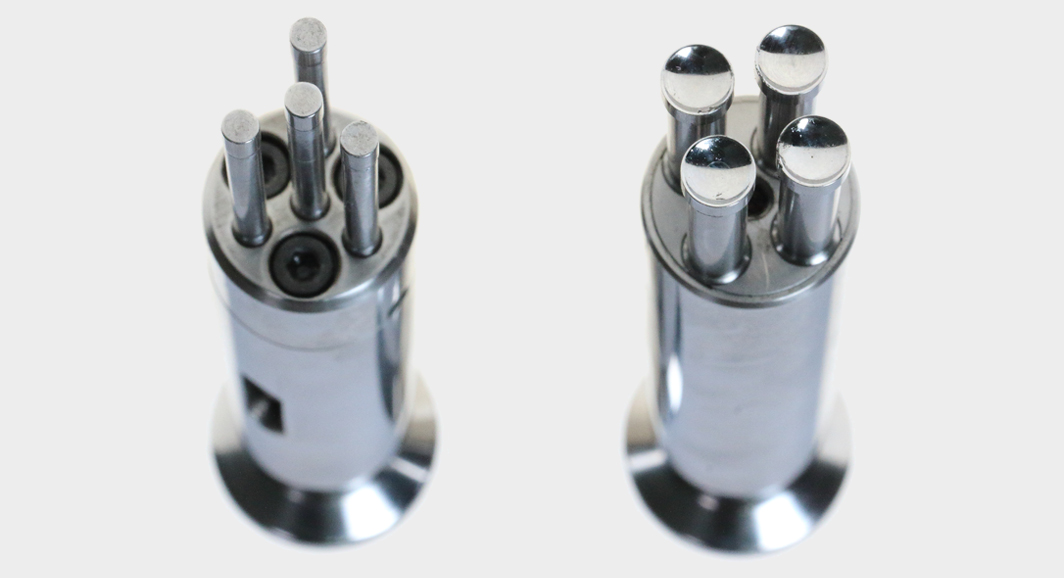On the use of multi-tip tools
The math is simple – a press tool design with 2 or 3 tips will produce 2 or 3 times the output of a press running with single-tip tools. This is absolutely true – however – there are significant technical and process validation challenges which are often very difficult to navigate.
The key constraint in the utilization of multi-tip tooling is the validation question pertaining to press force measurement and the ability to reject individual tablets that may be out of specification. Press force control theory, which matches an individual press force measurement to a corresponding tablet weight, encounters significant challenges when multi-tip tools are utilized. In essence, multiple tablets are being produced but only a single force is being measured.
In theory, a press force associated with multiple perfect tablets may be the same as the press force associated with a combination of overweight and underweight tablets. As such, the use of multi-tip tools does not permit the measurement of the individual press force for each tablet, which completely eliminates the ability to reject individual tablets. In most cases, this is enough to derail any consideration of the use of multi-tip tools.
There are also additional process constraints that must be considered. The fact that forces on each tip are cumulative, and in many cases, the increased compression force requirement and the slower press speed required, offsets any potential gain in output. The same is true for effective die filling. Filling multiple dies for each press station may require a slower press speed.
The use of multi-tip tools does seem to present a compelling opportunity to significantly increase production output on a tablet press. However, critical and technically valid constraints surrounding product quality and process validation have significantly limited the application of this technology in pharmaceutical manufacturing. The inability to reject an individual tablet, or even to recognize a high or lower individual force associated with a tablet reject, remains the key barrier.

